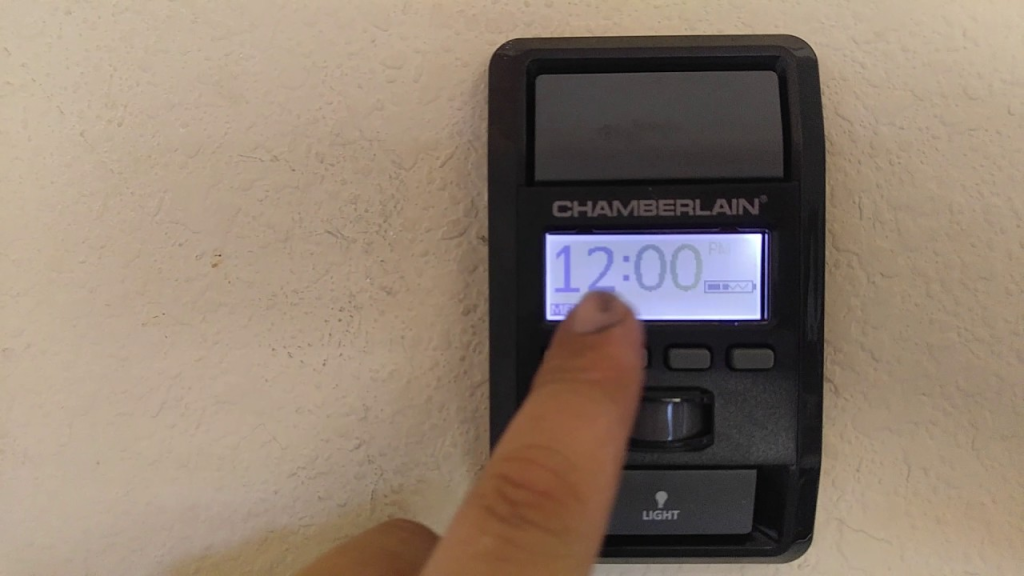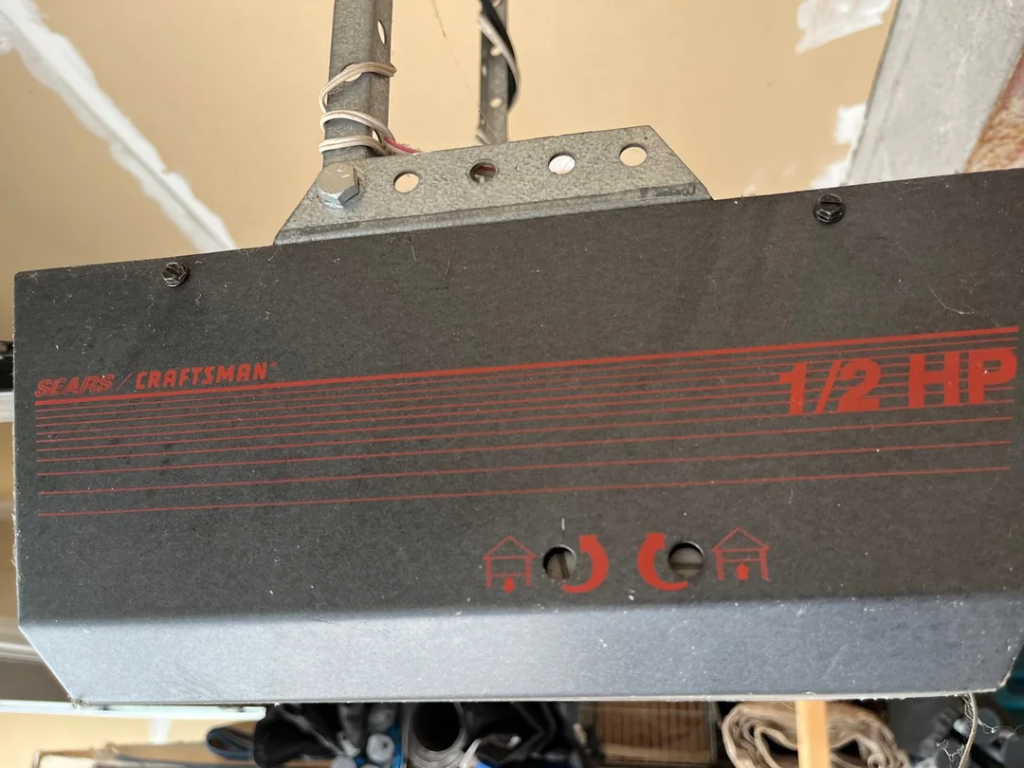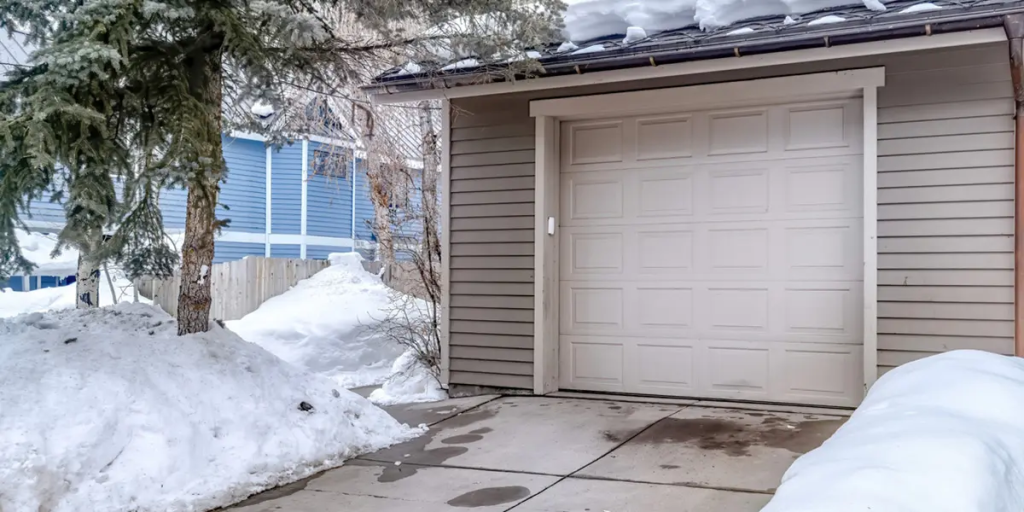If you own a Craftsman garage door opener, you understand the importance of precise adjustments for safe and efficient operation. One of the critical settings that often gets overlooked is the downforce adjustment—a key factor that controls how much power your opener uses to close the garage door safely. Knowing how to adjust the downforce on Craftsman garage door opener helps prevent damage, ensures the door closes completely, and keeps you and your family safe.

This comprehensive guide explains what downforce is, why it’s essential, and exactly how to adjust it on your Craftsman garage door opener step-by-step. You’ll also learn related maintenance tips and troubleshooting techniques to keep your garage door running smoothly.
Read tooo: Craftsman Garage Door Opener 1/2 HP Programming for Effortless Setup
What Is Downforce on a Garage Door Opener and Why It Matters?
Downforce refers to the amount of force the garage door opener motor applies when closing (or lowering) the door. Setting the downforce properly is vital for several reasons:
- Safety: If the downforce is set too high, the door might continue closing even if it hits an obstacle, risking injury or damage. If it’s too low, the door might reverse prematurely or fail to close all the way.
- Door Protection: Correct downforce prevents unnecessary strain on the door and opener mechanism, reducing wear and tear.
- Energy Efficiency: Proper downforce settings prevent the motor from overworking, extending its lifespan.
- Reliable Operation: Ensures your garage door closes completely without stalling or reversing unnecessarily.
Craftsman garage door openers typically feature adjustable force controls, allowing you to set both the “up” (opening) and “down” (closing) forces separately.
How To Adjust The Downforce On Craftsman Garage Door Opener: Step-by-Step Instructions
Step 1: Locate the Downforce Adjustment Controls
Your Craftsman garage door opener will have force adjustment dials or knobs on the motor unit. Usually, these are marked as:
- Down Force or Close Force
- Up Force or Open Force
Refer to your specific Craftsman model’s manual to find the exact location. Often, the adjustment controls are on the back or side of the opener unit.
Step 2: Prepare the Garage Door for Adjustment
Before making any changes, ensure the garage door is fully closed and that you have clear visibility of the opener unit controls.
- Disconnect power temporarily for safety.
- Check that the door tracks and rollers are clean and lubricated to prevent resistance that can affect force settings.
- Inspect safety sensors and ensure they are aligned and unobstructed.
Step 3: Turn On the Opener and Test Current Settings
Reconnect power to the opener. Use the remote control or wall button to activate the door.
- Observe how the door closes.
- If it reverses before closing fully, the downforce might be set too low.
- If it closes but slams down or doesn’t reverse when hitting an object, the downforce might be too high.
Step 4: Adjust the Downforce Control
Using a flat-head screwdriver or by hand (depending on your model), turn the downforce dial:
- Increase Downforce: Turn the knob clockwise to increase the force applied when the door closes. This is useful if the door reverses prematurely or stops short of closing.
- Decrease Downforce: Turn the knob counterclockwise to reduce the closing force if the door slams shut or fails to reverse on encountering resistance.
Make small incremental adjustments—usually one or two clicks at a time—and then test the door after each change.
Step 5: Test and Fine-Tune the Setting
After adjusting, use the remote or wall button to close the door again. Watch carefully for smooth closing without slamming or reversing prematurely.
- Repeat the adjustment process as needed until the door closes safely and reliably.
- Ensure the opener reverses immediately if the door encounters an obstacle, confirming that the safety feature is working properly.
Additional Tips for Proper Downforce Adjustment and Garage Door Maintenance
Lubricate Moving Parts
Regularly lubricate door rollers, hinges, and tracks with a silicone-based lubricant. This reduces friction that could affect force settings.
Inspect Safety Sensors
Ensure the photo-eye sensors are aligned and clean. Misaligned sensors can cause the door to reverse unnecessarily, confusing downforce adjustments.
Check Door Balance
Disconnect the opener by pulling the release handle and manually move the door halfway up. It should stay in place. If it falls or rises, your door may be unbalanced, affecting force calibration.
Consult the Manual
Each Craftsman model may vary slightly in how adjustments are made. Consult your user manual for model-specific instructions and diagrams.
Troubleshooting Common Issues When Adjusting Downforce
Door Reverses Too Early
- Downforce set too low.
- Obstructions or dirty sensors.
- Door springs or cables need adjustment.
Door Slams Shut or Does Not Reverse
- Downforce set too high.
- Safety sensors malfunctioning.
- Mechanical issues like worn rollers or damaged tracks.
Door Doesn’t Close Fully
- Downforce too low or travel limits need adjustment.
- Manual lock engaged or door off track.
- Remote or wall button programming issues.
Why Knowing How To Adjust The Downforce On Craftsman Garage Door Opener Is Important
- Safety First: Prevents accidents by ensuring the door reverses if something is in the way.
- Saves Money: Avoids costly repairs by reducing mechanical stress.
- Improves Performance: Ensures smooth and reliable operation of your garage door.
- Extends Opener Life: Proper force settings reduce motor wear.
When to Call a Professional
If after multiple attempts you’re unable to get the downforce settings right or if your door still doesn’t operate safely, it’s best to contact a professional technician. They can diagnose complex issues such as broken springs, faulty sensors, or motor problems that affect force adjustments.
Conclusion
Mastering how to adjust the downforce on Craftsman garage door opener is a simple but crucial part of garage door maintenance. With the right downforce settings, you’ll enjoy a safer, quieter, and more efficient garage door that protects your home and family. Regular maintenance, combined with proper adjustments, keeps your opener running smoothly for years to come.























